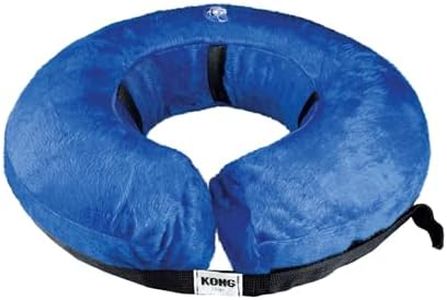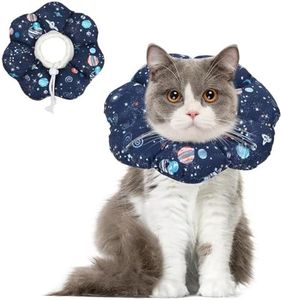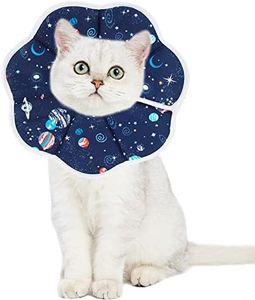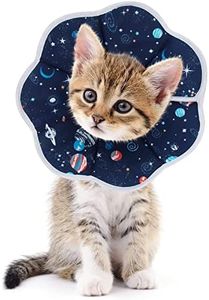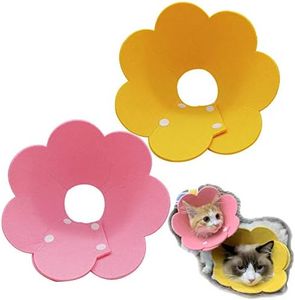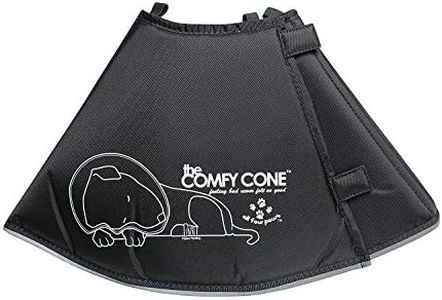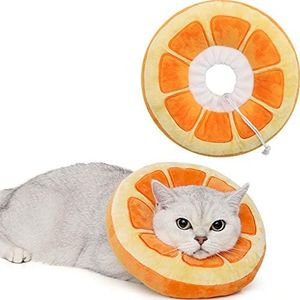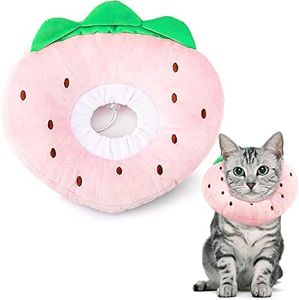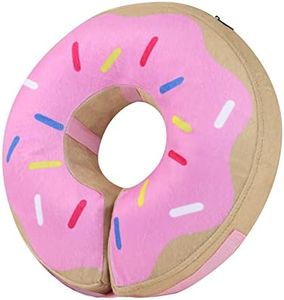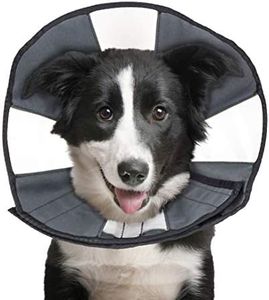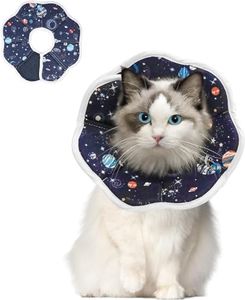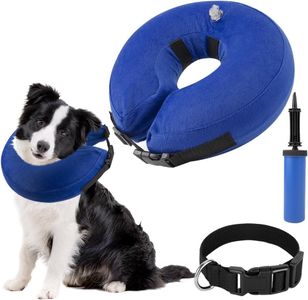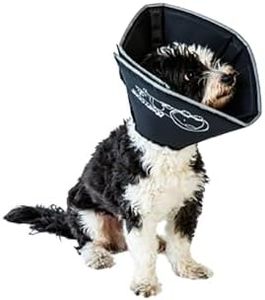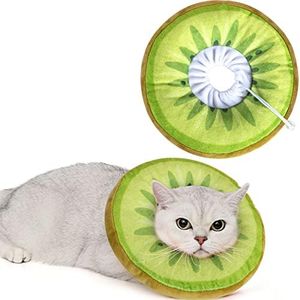We Use CookiesWe use cookies to enhance the security, performance,
functionality and for analytical and promotional activities. By continuing to browse this site you
are agreeing to our privacy policy
10 Best Cones For Cats
From leading brands and best sellers available on the web.Buying Guide for the Best Cones For Cats
Choosing a cone for your cat, often called an e-collar or Elizabethan collar, is all about ensuring your cat’s comfort and safety while restricting them from licking or irritating wounds, stitches, or skin conditions. It can feel a bit overwhelming due to the variety of options, but focusing on the right features helps you balance your cat's needs with effective recovery. Understanding the main specs will lead you toward a cone that’s comfortable, secure, and effective for your pet's situation.Size and FitSize and fit refer to the dimensions of the cone, including the neck circumference and the length from the neck to the end of the cone. This is crucial because a cone that’s too tight can be uncomfortable or even restrict breathing, while one that’s too loose or short won’t prevent your cat from reaching their face or body. Sizes usually range from small for kittens up to large for bigger cats, with adjustable fastenings for a more precise fit. To pick the right size, carefully measure your cat’s neck and look for recommendations based on those measurements. A proper fit ensures effectiveness without causing distress, so always check for enough space for comfortable movement and make sure your cat can still eat and drink easily.
MaterialThe material of the cone impacts comfort, durability, and usability. Cones come in several materials: stiff plastic, soft fabric, or inflatable designs. Hard plastic cones provide the most rigid protection but may be less comfortable and could bump into furniture. Soft fabric cones are gentler and more flexible, making them more comfortable for timid cats or for longer wear, but may not always prevent all licking. Inflatable ones are like a pillow around the neck and are very comfortable but tend to allow more head movement, so they're best for minor wounds lower on the body. Choose the material based on your cat’s temperament and the location and severity of the injury.
Ease of AttachmentEase of attachment is all about how you secure the cone on your cat’s neck—it could be with Velcro straps, snaps, or ties. This is important to ensure the collar stays in place but is also easy to put on or take off, especially when your cat may not want to cooperate. Velcro is quick and easily adjustable but may attract fur; ties or snaps can be more secure but might take longer to fasten. Consider your cat’s behavior: active or fussy cats may need something extra secure, while a calmer cat might be fine with a simple closure.
WeightThe weight of the cone affects how comfortable and mobile your cat will be while wearing it. Heavy cones may discourage eating, drinking, or playing, leading to additional stress. Lighter cones are generally easier for cats to adapt to, though you don’t want to sacrifice effectiveness for lightness. Find a balance—look for the lightest option that still offers the protection your cat needs, especially if they’ll need to wear it for several days.
Visibility and FlexibilityVisibility and flexibility refer to how easily your cat can see and move with the cone on. Some cones are clear, allowing better peripheral vision, while others are opaque. A clear cone may help reduce anxiety by letting your cat see their surroundings. Flexibility, meanwhile, is about how much the cone bends; more flexible cones are generally more comfortable but may not offer as strict limitation. If your cat is skittish or nervous, consider options that maximize visibility and gentle flex.
